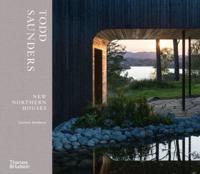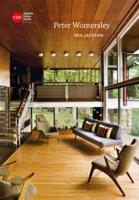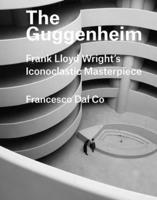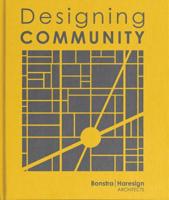Publisher's Synopsis
In the late 1860s and early 1870s, the local government of rapidly growing Brooklyn built Prospect Park, a large public park on its outskirts. During the same period, Brooklyn's local council implemented a plan to connect Prospect Park and New York City's recently built Central Park and to link additional planned public open spaces and parks with a new type of wide, tree-lined street called a parkway. The parkway would serve as a spine for the development of bucolic suburbs, whose residents could then travel to the parks on streets that shared a park-like feel and promoted gregarious social activities, such as promenading. These planned developments anticipated New York City's annexing of Brooklyn in 1896.









